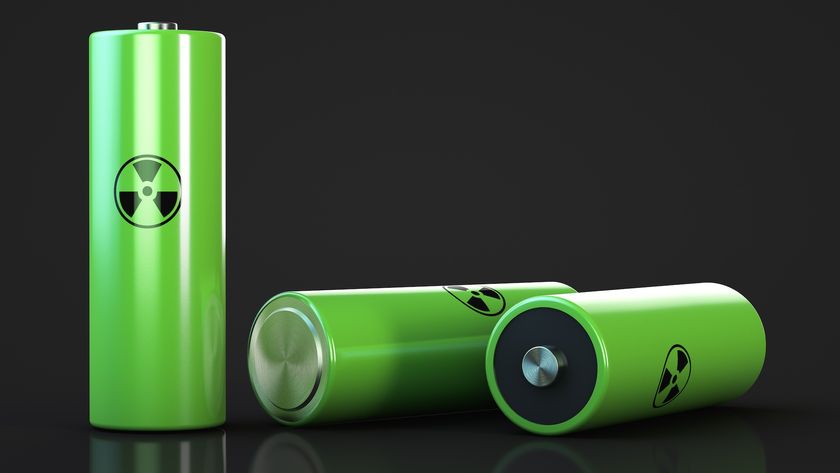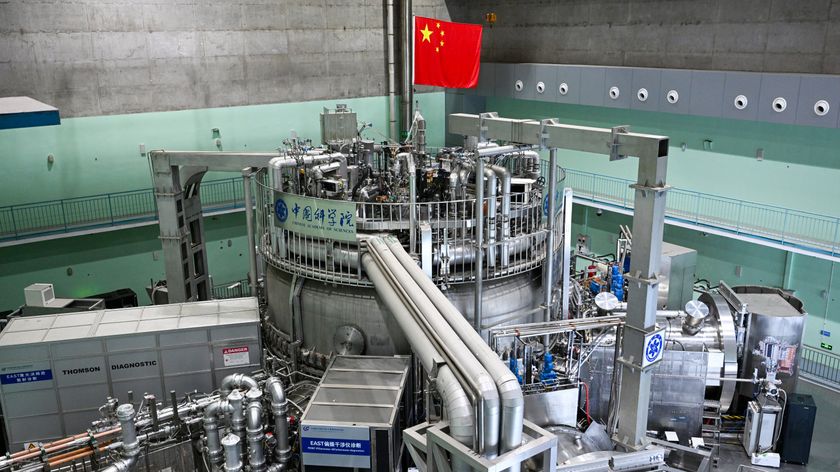Microgrids are One Fix to India's Power Troubles
As India restores power to hundreds of millions of residents this morning, an article from MIT's Technology Review suggests "microgrids" can help prevent blackouts in India in the future. Microgrids are an intermediate step between individual generators and a fully national grid. They are able to connect and disconnect with the national grid, depending on how well the national grid is working, and they can draw some of their power from cleaner technologies such as solar energy.
Experts and inventors are looking for ways to shore up the energy supply in India, which suffers chronic shortages. Two massive blackouts Monday and Tuesday (July 30 and 31) have underscored India's power troubles. Yesterday's was the world's biggest power outage to date. (The power has now been restored: The Power Grid Corporation of India reported it was meeting 100 percent of the country's energy demand as of this morning [August 1]).
As Technology Review explains, microgrids supply a smaller area than large power plants. They use a combination of diverse energy sources, such as diesel, solar and battery power.
Their diverse energy supply keeps them reliable in case one source goes down. Their partial use of solar means they're more environmentally friendly than individual, diesel-run generators that many private companies in India use during blackouts. And power companies can ask locals to disconnect a microgrid from the larger grid if the national grid is getting strained by demand, reducing the likelihood of an overall blackout.
Some Indian microgrid projects are already underway. In January, the U.K.'s the Guardian reported on a U.S.A.I.D.-funded startup, Mera Gao Power, that plans to install microgrids in 50 villages this year. Mera Gao offers affordable, at-home LED lighting and cellphone charging, which villagers the Guardian interviewed were pretty excited about. Earlier this month, India's Economic Times reported on another, similar startup called Gram Project.
Although it's difficult to reach remote Indian villages, and to find suppliers once there, the microgrid market may continue to grow. Entrepreneurs willing to serve India's poorest villages stand to earn $2 billion altogether, according to a report the Guardian cited.
Sources: Technology Review, Guardian, Economic Times, World Resources Institute
Sign up for the Live Science daily newsletter now
Get the world’s most fascinating discoveries delivered straight to your inbox.
This story was provided by InnovationNewsDaily, a sister site to Live Science. Follow InnovationNewsDaily on Twitter @News_Innovation, or on Facebook.












